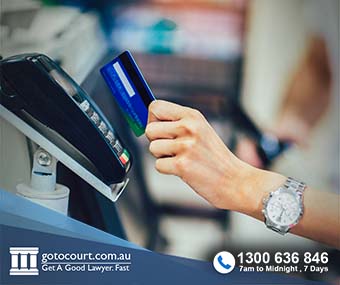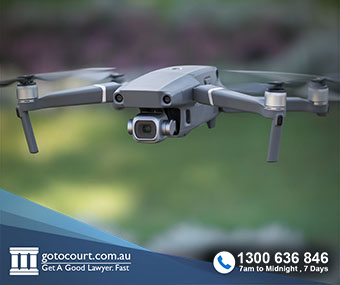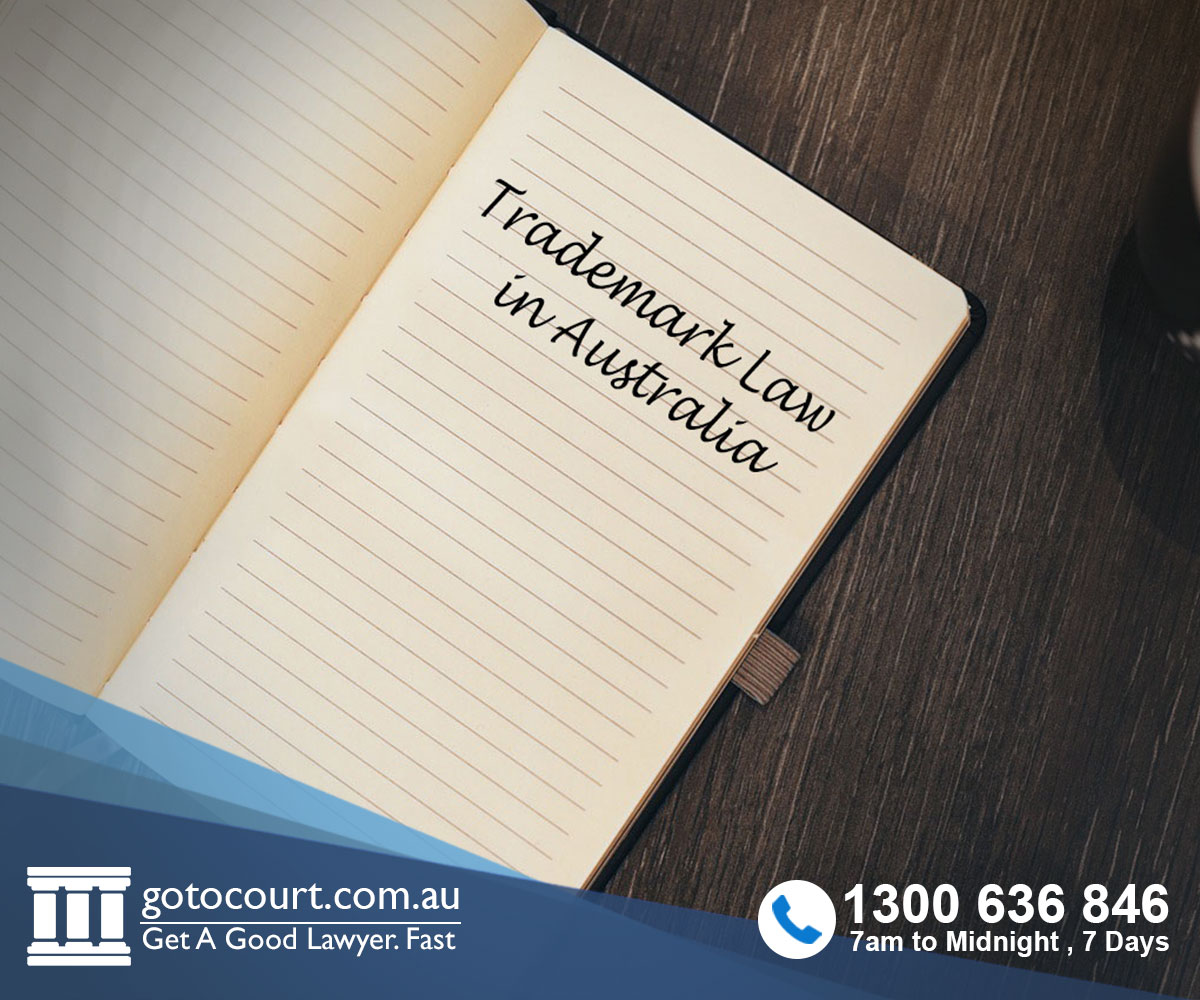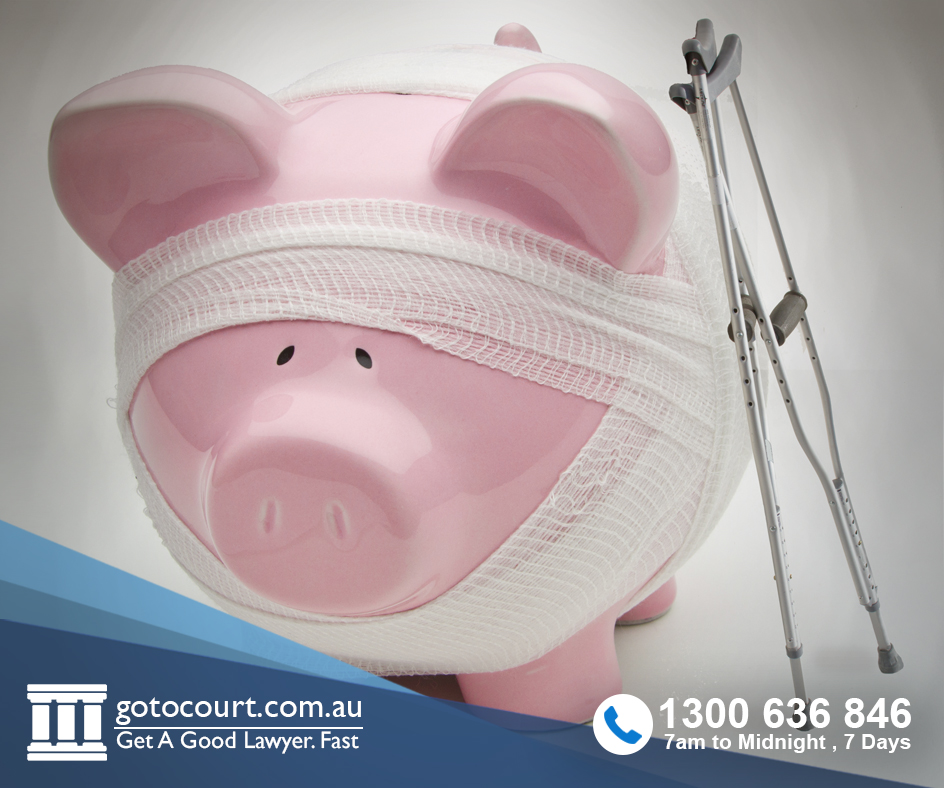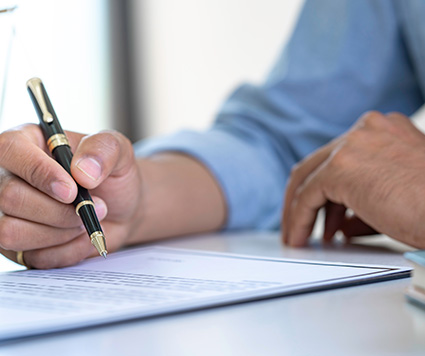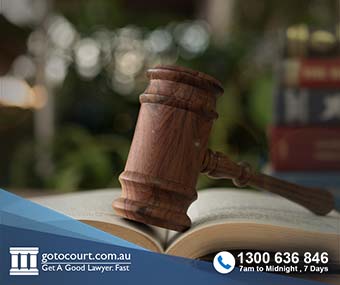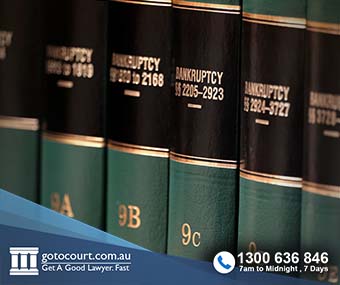Call our lawyers
now
or,
have our lawyers
call you
Design Rights and Registration in Australia
Updated on Jan 22, 2024 • 5 min read • 290 views • Copy Link
Design Rights and Registration in Australia
Registration of design rights in Australia is a means by which designers may protect their intellectual property. The law relating to design rights is found in the Designs Act 2003.
Registrable designs
Under the Act, a design is registrable and capable of protection if it is ‘new and distinctive when compared with the prior art base for the design’ as it exists before a design application or application for protection has been filed.
What is a ‘design’?
As defined in section 5 of the Designs Act, ‘design’ refers to the ‘overall appearance of a product resulting from one or more visual features of the product’. The visual features (under section 7) relate to the object’s pattern, ornamentation, configuration or shape. This may include functional aspects of the design.
However, it is important to note that a design may not be registered merely to protect the new functional aspects of the design. The design would need to meet the other requirements to be registrable. It would have to be new as well as distinctive.
For example, if a designer created a new type of zipper for a blouse, and wanted to protect the design, the product that would be registered would be the blouse, taking into account all its aesthetic features. Even if the blouse was capable of registration, this would not protect the specific elements of the design such as the zipper, but only the blouse in its entirety as a design.
What is a ‘product’?
Put simply, a ‘product’ is anything that has been manufactured or made by hand.
Meaning of ‘overall appearance’
One of the most important definitions to understand in relation to design rights is the meaning of ‘overall appearance’. The visual appeal is what differentiates a design from a mere generic product. What design registration seeks to protect is the ‘overall appearance of the product’ and not the product itself.
For example, design registration protects the particular shape, pattern and cut of a shirt as it appears as a whole, as opposed to protecting just a shirt.
What is the ‘prior art base’?
Under section 15(2) of the Designs Act, the ‘prior art base’ for a design may be:
- designs publicly used in Australia; and
- designs published in a document whether within or outside of Australia; and
- certain designs disclosed in a design application (that have not yet been publicly disclosed).
What is ‘new and distinctive?’
The concepts of ‘newness’ and ‘distinctiveness’ in relation to design rights are defined under section 16 of the Designs Act.
The Act provides that a design:
- is new unless ‘identical’ to a design of the prior art base; and
- is distinctive unless ‘substantially similar in overall impression’ to another design of the prior art base.
How do I find registered designs within Australia?
Anyone can search the Australian Designs Register by navigating to the Australian Government IP Australia website.
To register or not to register?
Once a design is registered, it is protected for five years with an option for a further five years if the registration is renewed. However, the current registration system under the Designs Act does not provide a legally enforceable right even where a design is registered. For a designer to obtain an enforceable right that will allow them to protect their design from infringement, they must also have the design examined and certified.
The process can be of significant cost to the designer, especially for those with multiple designs, as each application must be made separately. A choice must be made by the designer as to whether there will be any benefit of registering their design.
When coming to a decision, some factors a designer may consider include:
- the duration of market trends within the industry (how long the design will be popular/relevant)
- the type of design and profit margin (whether the cost of registration and certification will outweigh the profits obtained from sale of the design), and
- the number of items intended to be sold and distributed.
Enforceable design rights
Once a design is registered and certified, this will provide a legally enforceable right of protection for the designer. If anyone copies the registered design, the designer may commence an infringement action against the alleged infringer.
However, litigation is costly and may not provide the designer with the desired outcome. Even if a designer is successful, they may come off second best due to the costs and time spent in litigating the matter.
The protection afforded often suits large-scale manufacturers, or designers who experience long-life market trends (where the long-term profits far exceed the costs of registration and certification).
Alternatives
When making a design application, a designer can elect to register their design, which will allow for certification, or to have the design published. The benefit of publication is that although no positive rights are afforded, the publication may act as a barrier for others seeking registration of a similar design. This may give the designer a competitive edge at a cheaper cost.
If you require legal advice or representation in any legal matter, please contact Go To Court Lawyers.

Affordable Lawyers
Our Go To Court Lawyers will assist you in all areas of law. We specialise in providing legal advice urgently – at the time when you need it most. If you need a lawyer right now, today, we can help you – no matter where you are in Australia.How It Works







1. You speak directly to a lawyer
When you call the Go To Court Legal Hotline, you will be connected directly to a lawyer, every time.


2. Get your legal situation assessed
We determine the best way forward in your legal matter, free of charge. If you want to go ahead and book a face-to-face appointment, we will connect you with a specialist in your local area.


3. We arrange everything as needed
If you want to go ahead and book a fact-to-face appointment, we will connect you with a specialist in your local area no matter where you are and even at very short notice.




